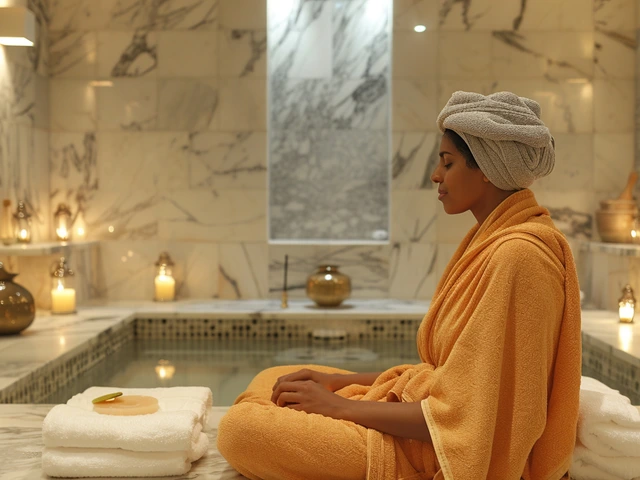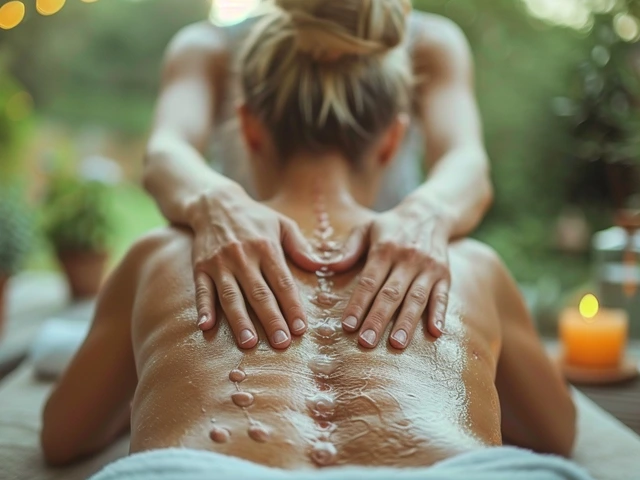Bodywork Therapy: Practical Help for Pain, Posture, and Stress
Bodywork therapy isn’t one thing. It’s a set of hands-on tools that aim to move you better, sleep better, and hurt less. You’ll find everything from gentle approaches like Feldenkrais and Ortho-Bionomy to deeper work like Rolfing and trigger-point massage. This page helps you pick what fits, what to expect, and simple tips to get real results fast.
What bodywork types do and who they help
Different methods solve different problems. Hellerwork and Rolfing focus on alignment and posture—good if you sit all day or have chronic back issues. Feldenkrais and bioenergetics teach your nervous system to move efficiently; they’re great for stiffness after injury and for improving coordination. Ortho-Bionomy and gentle polarity sessions calm pain without forcing movement—useful for flare-ups or sensitive nerves. Hands-on approaches like trigger-point, stone therapy, or Amma target tight muscles and immediate pain relief. Traditional systems—Hilot, Lomi Lomi, Kahuna, and hammam rituals—blend cultural practice with relaxation and recovery. Pick the technique that matches your issue: alignment, pain release, nervous system retraining, or deep relaxation.
How to choose the right session and get results
Start with one clear goal: reduce pain, fix posture, sleep better, or unwind. If pain is sharp or recent, see a medical professional first. For ongoing tension or posture problems, try structural methods like Hellerwork or Rolfing. If you want gentle change and body awareness, choose Feldenkrais or Ortho-Bionomy. For quick muscle relief, look for trigger-point work or hot stone sessions.
Ask the therapist about training and session style. Does their approach include movement lessons, hands-on release, or a mix? How long are sessions and what’s the suggested frequency? A common plan: two to six weekly sessions to build momentum, then monthly check-ins. Track one clear measure—sleep hours, pain scale, or how a specific movement feels—so you can notice real progress.
Simple preparation helps. Wear loose clothes for hands-on or movement work. Eat lightly and drink water afterward. After deeper sessions, plan gentle activity that day—no heavy workouts. If a session feels unusually painful or leaves you worse for more than a day, tell your practitioner and consider a different style.
Bodywork can be a fast route to feeling better, but it works better when matched to your needs and done by a trained therapist. Try one focused session, watch how your body responds, and adjust. The right technique can cut pain, free tight movement, and leave you calmer—sometimes in just a few visits.
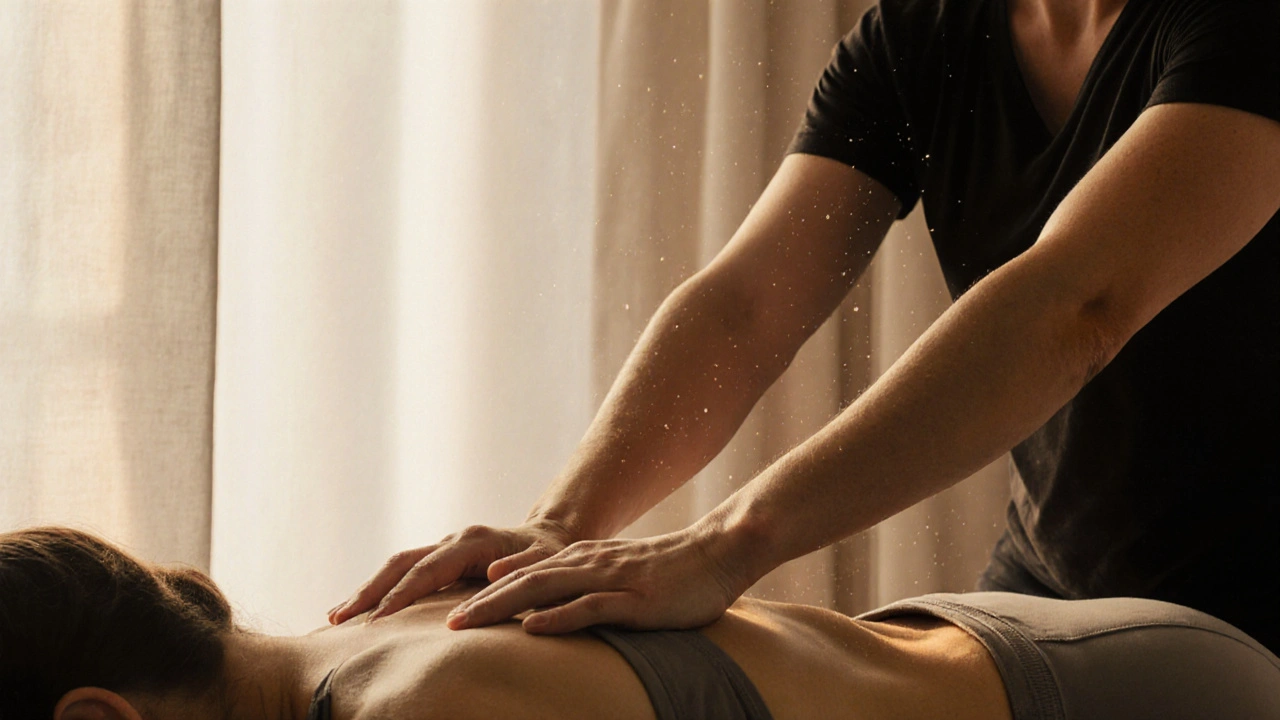
Unlocking the Mysteries of Hellerwork Bodywork Therapy
Hellerwork bodywork therapy combines deep fascial release, movement education, and emotional dialogue to realign the body with gravity. Unlike massage, it creates lasting structural change for chronic pain, posture issues, and emotional tension.
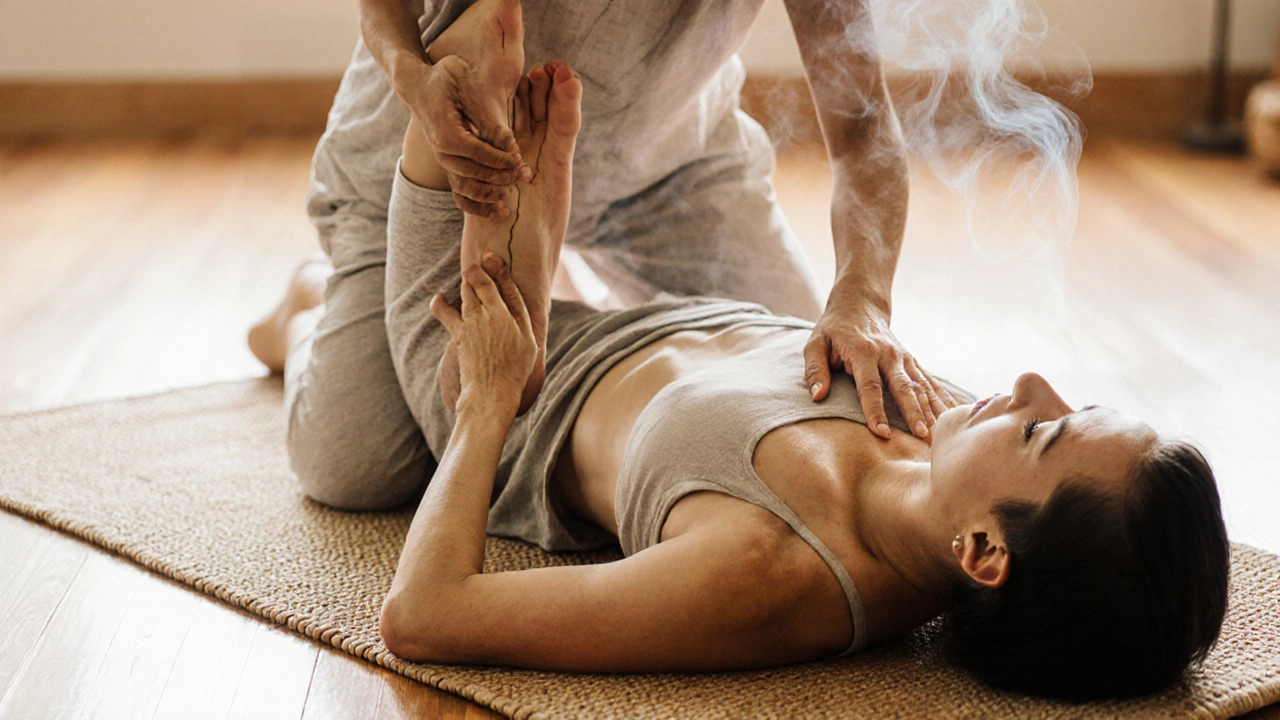
Unlock Your Body's Potential with Thai Bodywork
Thai bodywork is a traditional Thai healing practice that combines acupressure, assisted yoga stretches, and energy line work to improve mobility, reduce pain, and restore balance. Unlike regular massage, it works on the whole system-not just muscles.
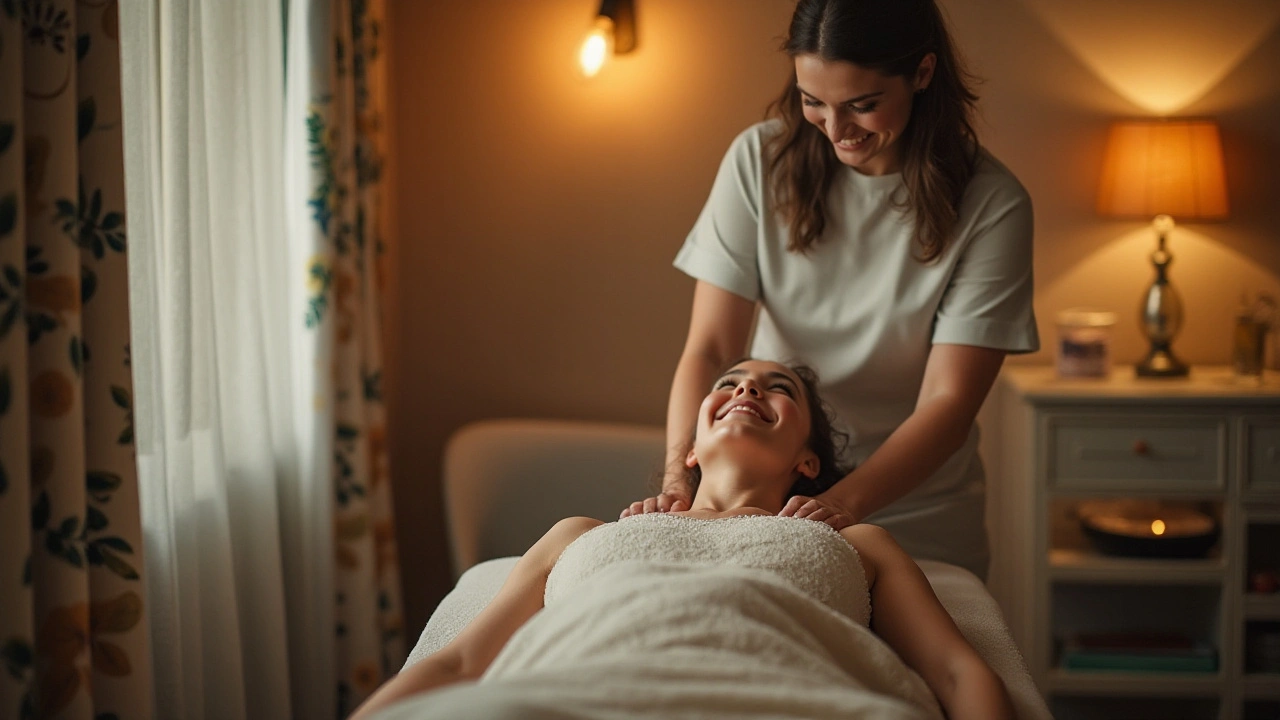
Finding Chronic Pain Relief through Hellerwork Therapy
Hellerwork is a powerful technique designed to address chronic pain through a combination of deep tissue bodywork, movement education, and dialogue. By understanding how it works and its benefits, individuals suffering from persistent pain can find lasting relief. This therapy helps realign body structure, improve posture, and fosters emotional healing, providing holistic health benefits.

Trager Therapy: Unlocking Your Body's Full Potential
Trager Therapy offers a unique approach to bodywork through gentle movement and touch. This therapy aims to improve mobility, reduce stress, and enhance overall well-being. Ideal for individuals looking for a holistic method to manage pain and tension, Trager Therapy focuses on the mind-body connection to bring about lasting changes. Discover how this form of therapy can rejuvenate your body and improve your quality of life.

Breema Bodywork: Exploring Holistic Healing and Energy Balance
Breema bodywork is a form of holistic healing that emphasizes harmony and balance between the body, mind, and emotions. This article delves into the principles of Breema, its techniques, and the benefits it offers. It also explores how Breema promotes energy balance and provides practical tips for incorporating Breema practices into daily life. Readers will discover the transformative potential of Breema in fostering health and well-being.
Categories
- Health and Wellness (148)
- Alternative Therapies (86)
- Massage Therapy (40)
- Travel and Culture (15)
- Beauty and Skincare (9)
- Holistic Health (8)
- Health and Fitness (5)
- Spirituality (5)
- Other (2)
- Personal Development (2)

